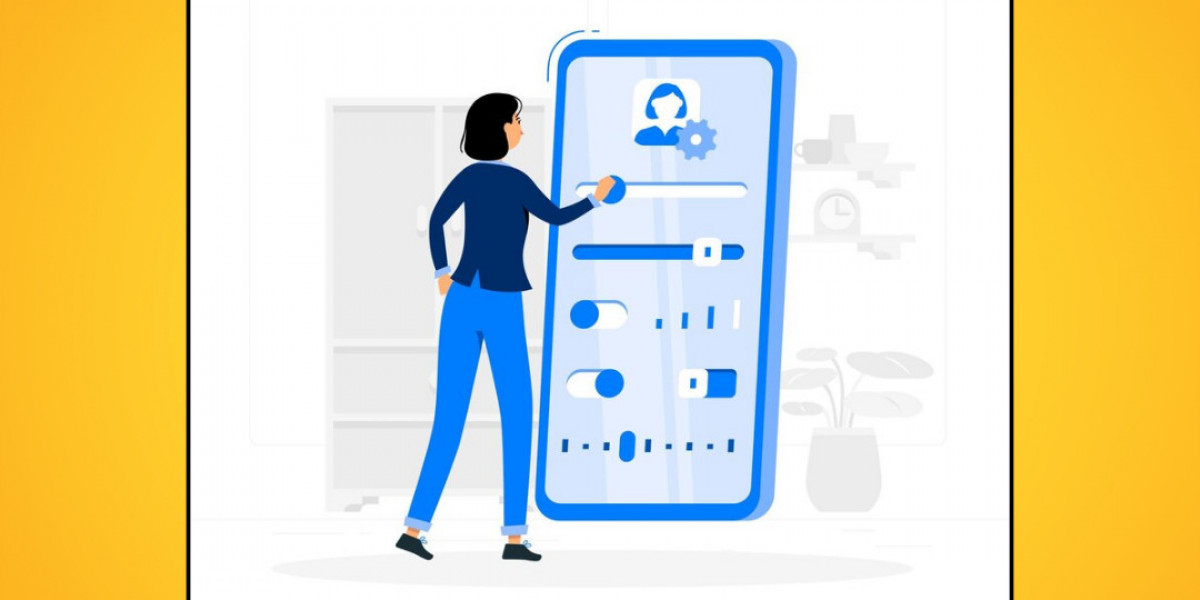Icon design is an important part of modern interfaces for both the web and apps. Icons are visual cues that help to quickly and intuitively navigate digital products. Nevertheless, effective icon design requires more than creativity; it involves knowledge of user behavior, design principles, and technical requirements. If you're an icon designer or want to learn how to do it better, there's something you should be aware of, which is the basic design principles for well-performing and looking icons.
In this post, we will cover the five core principles every icon designer should keep in mind. These principles will guide you toward designing impactful and user-friendly icons that enhance the overall UX of your website, app, or digital product. Whether you're a beginner or a seasoned designer, mastering these principles will guide you toward creating both functional and aesthetically pleasing icons.
1. Simplicity and Clarity
The first and most important principle of icon design is **simplicity**. Icons are meant to convey meaning at a glance, so over-complicating them with intricate details or excessive decoration can confuse users. Users should instantly understand what the icon represents, even when it's displayed at a small size.
Why Simplicity Matters:
Recognizability: Icon designs are simplified so that one can easily perceive the function or action at glance.
Scalability: Simplifying the design guarantees that icons would remain clear enough at smaller scales without losing any meaning.
Efficiency: Simple icons reduce cognitive overload for users while making interactions run more smoothly and quickly.
When designing icons, focus on the key elements that define the object or action you're representing. For example, a "trash can" icon doesn't need detailed textures; a basic, clean silhouette will be sufficient. This makes it instantly recognizable and functional.
Example:
At Iconfair, you can find a number of clean and simple icons which are based on the principle of simplicity and clarity. Whether it is for a web or mobile application, you will find thousands of options from Iconfair that are simple and clear.
2. Consistency Across the Design System
Consistency is crucial in the design of an icon. All icons used within your website or application should express a similar language and style. Consistency really adds to the overall look and feel of your product and can help users grasp the meaning behind the icons better.
Why Consistency Matters:
Visual Harmony: The consistent usage of shapes, colors, and line weights ensures that the final product is a harmonious, aesthetically pleasing design.
Predictability: When icons are consistent in style, the user can predict their behavior, which makes navigation easier.
Brand Cohesion: Consistent icon design helps maintain brand identity by being in line with the overall visual language and tone of your product.
Icons should be of similar proportions, line thickness, corner radius, and color schemes. If your design contains rounded icons for primary actions, do not introduce sharp-edged icons for secondary functions-this breaks visual harmony and may confuse users.
Example:
When you are designing icons for your website or application, you can achieve visual consistency by using a custom icon set from Iconfair. Icon sets with consistent styles, shapes, and color schemes are great for maintaining a unified user experience across all pages or sections.
3. Scalability and Legibility
Icons are used in a variety of contexts, from small mobile screens to large desktop displays. Therefore, it's important to ensure your icons are scalable and legible at various sizes.
Why Scalability Matters:
Adaptability: Icons must look clear and meaningful at both small and large sizes, without losing their definition or becoming overly complex.
Readability: When resized, icons should be readable and interpretable even in such a small size. A cluttered icon can be unrecognizable when reduced in size and will affect UX.
Do this using vector-based software like Adobe Illustrator or Figma, so the icons stay crisp and clear regardless of their size. It's also important to pay attention to the line thickness used, so not too fine that it may blur out easily when the icons are resized, nor so detailed that it can't be understood.
Example:
If you need scalable, high-quality icons, you might want to consider Iconfair vector icons which don't lose their quality upon being resized. You can develop your mobile application or large web pages with clear, readable icon representations at all scales from this website.
4. Context and Meaning
The design of an icon should be relevant to the action or object it represents in a given context. Icons are shortcuts for specific tasks or items and, therefore, need to make sense to users based on their experience and expectations. Misleading or abstract icons can confuse users, leading to frustration and usability problems.
Why Context Matters:
Intuitive Understanding: Users rely on icons to quickly understand what an action or item does. For example, a "magnifying glass" is universally associated with search functionality.
Cultural Sensitivity: Some icons might have different meanings depending on the cultural context. It's important to understand your target audience to avoid misinterpretation.
Use familiar and universally understood symbols when designing icons. Icons should represent the action they perform directly-for example, a "heart" icon for saving favorite items or a "gear" for settings. Do not use abstract or overly stylized icons, which may create ambiguity.
Example:
If you look for a more comprehensive set of contextually meaningful icons, look no further than Iconfair. The icons, designed with a focus on clarity and user intent, are all intuitive and make sense in digital actions, leaving the user experiencing no friction from the icons in use.
5. Test and Iterate
The final principle for effective icon design is **testing and iteration**. Even if you do all the good design things, there's no replacement for real-world feedback. Icon design is not static; it's evolutionary by the very nature of user interaction. Therefore, test your icons and update them accordingly by how they perform in the real world.
Why Testing Matters:
User Test: Testing your icons with users will help expose issues that can't be perceived during the designing phase. Misinterpretation may occur, like a user taking an icon incorrectly or finding one ambiguous, for which testing offers you the space to correct that.
Continuous Improvement: Designing icons is an iterative process. Testing, being observant of how users interact with your icons, and making necessary changes continuously improve your product's usability.
To test your icons, you have the ability to conduct A/B tests, surveys, or usability sessions. Gather feedback and make data-driven decisions on how to refine your icon designs.
Example:
Iconfair provides an opportunity to test and preview different icons within a design project. With so many customizable icons, you can easily implement variations and see which ones resonate most with your users.
Icons play a vital role in modern user interfaces and thus affect usability and user satisfaction. Following these five key principles, such as simplicity, consistency, scalability, context, and testing, will make your icons enrich the user experience and add clarity and functionality to your web design projects.
At Iconfair, you’ll find a wealth of resources to support your icon design needs. Whether you’re a beginner or an experienced designer, the platform offers high-quality, customizable icons that adhere to these key design principles.








